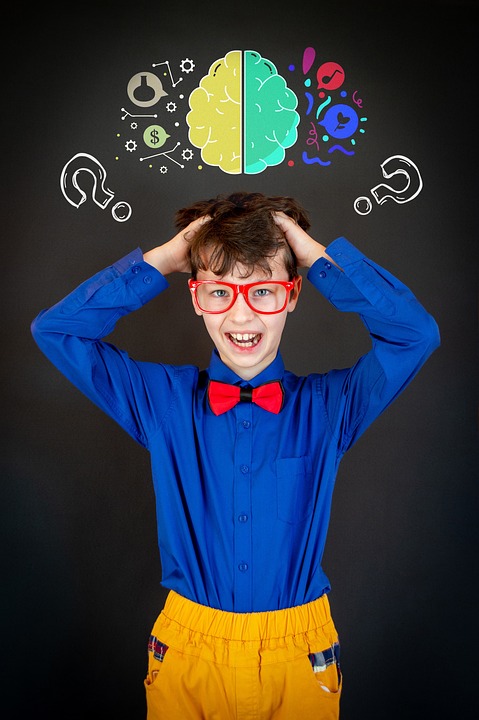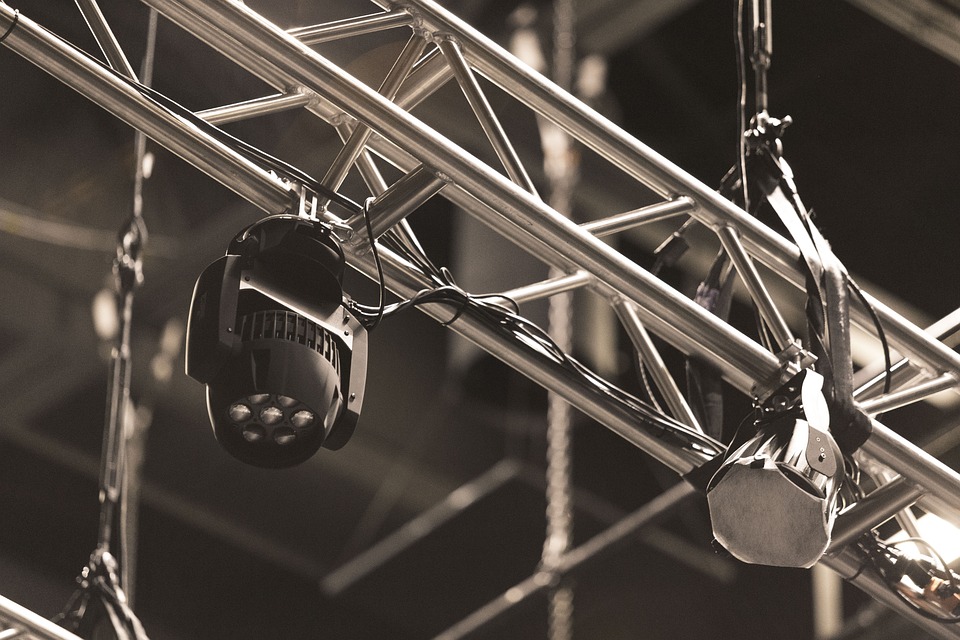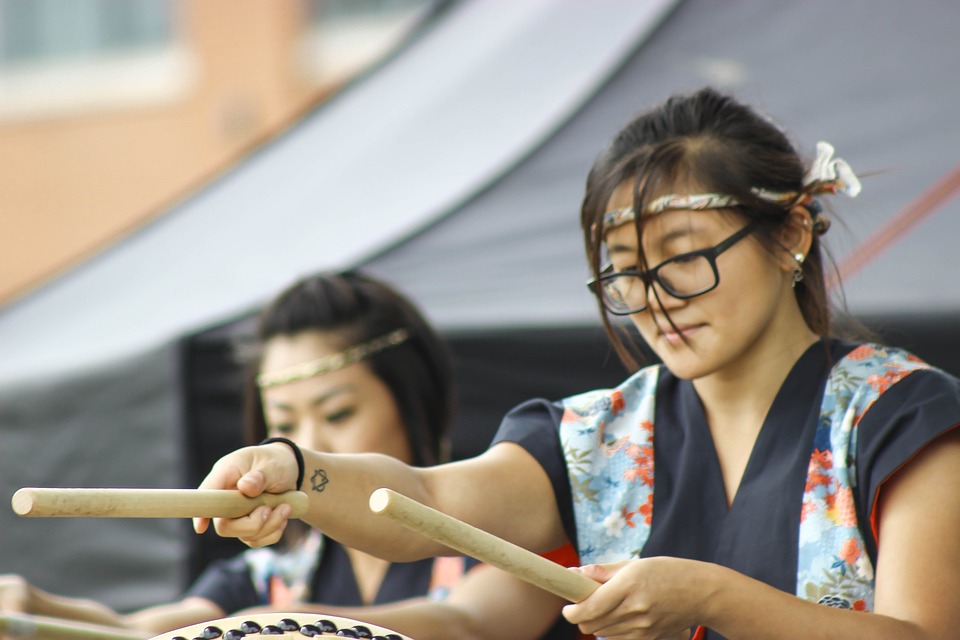Breaking Down the Techniques Behind Cinematic Excellence
Cinematic excellence is a term used to describe films that are able to captivate audiences with their storytelling, visual aesthetics, and technical prowess. Many factors contribute to the success of a film, from directing and acting to cinematography and editing. In this article, we will break down some of the key techniques that filmmakers use to achieve cinematic excellence.
1. Storytelling
At the heart of every great film is a compelling story. The screenplay is the blueprint for the film, laying out the plot, characters, and dialogue. The art of storytelling involves creating characters that audiences care about, crafting a narrative that keeps viewers engaged, and delivering emotional impact.
One technique that filmmakers use to enhance the storytelling in their films is the three-act structure. This structure divides the story into three parts: the setup, the confrontation, and the resolution. By following this structure, filmmakers are able to build tension and create a sense of progression in the story.
Another important aspect of storytelling is character development. The best films feature complex, multidimensional characters that undergo growth and transformation throughout the story. By creating characters that are relatable and interesting, filmmakers are able to draw audiences into the world of the film and create emotional connections.
2. Cinematography
Cinematography is the art of capturing images on film or digital media. It encompasses everything from framing and composition to lighting and camera movement. Cinematographers work closely with directors to create a visual style that enhances the storytelling and creates a unique aesthetic for the film.
One technique that cinematographers use to create visually stunning films is the use of color. By carefully choosing a color palette for the film, cinematographers are able to evoke different emotions and create a mood that complements the story. For example, warm colors like red and orange can create a sense of warmth and intimacy, while cool colors like blue and green can create a sense of calm and detachment.
Another important aspect of cinematography is camera movement. Filmmakers use different camera techniques, such as tracking shots, crane shots, and handheld shots, to create dynamic and engaging visuals. The way a camera moves can convey emotion, heighten tension, and draw the audience’s attention to specific elements in the frame.
3. Editing
Editing is the process of assembling the raw footage of a film into a coherent and engaging narrative. It involves cutting, rearranging, and manipulating the footage to create a seamless flow of visuals and sound. The editor works closely with the director to shape the story, pace the film, and evoke emotion from the audience.
One technique that editors use to create tension and build suspense in a film is the use of montage. Montage is a series of short, rapidly edited shots that are used to condense time, convey information, and create a sense of urgency. By using montage, editors are able to create a sense of rhythm and momentum that keeps viewers engaged.
Another important aspect of editing is the use of sound. Sound design is crucial to creating a immersive and impactful cinematic experience. By carefully selecting and mixing sound effects, music, and dialogue, editors are able to enhance the emotions of the film and create a sense of atmosphere.
In conclusion, cinematic excellence is achieved through a combination of storytelling, cinematography, and editing techniques. By mastering these techniques and using them to enhance the overall vision of the film, filmmakers are able to create works of art that resonate with audiences and stand the test of time.



